Results
-
 £79.99
£79.99A Tribute to Harold Arlen (Concert Band - Score and Parts) - Arlen, Harold - Kessler, James
Truly an American treasure, composer Harold Arlen was the subject of a centennial celebration in 2005. This magnificent medley for symphonic band features some of his all-time favourite tunes.Includes:Come Rain or Come ShineGet HappyIt's Only a Paper MoonStormy WeatherThat Old Black Magic
Estimated dispatch 7-14 working days
-
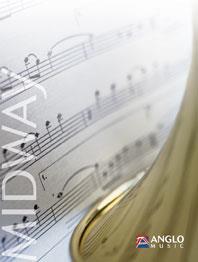 £99.99
£99.99Ukrainian Bell Carol (Concert Band - Score and Parts) - Leontovych, Mykola Dmytrovich - Sparke, Philip
The Ukrainian Bell Carol is part of a large choral work entitled Shchedryk by the Ukrainian composer Mykola Dmytrovich Leontovych (1877-1921). It was first performed by students of Kiev University in December 1916. The tune is an adaptation of an old 'shchedrivka', a song traditionally sung on Ukrainian New Year's Eve (January 13th) which hopes for good fortune in the year to come. In Shchedryk, Leontovych added his own the lyrics which concern the legend claiming that when Jesus was born, all the bells on earth started ringing in his honour. The tune has since been the inspiration of at least four different Christmas carols, but Philip Sparke has sourced the original Ukrainian melody to create this stirring arrangement.Duration: 3:00
Estimated dispatch 7-14 working days
-
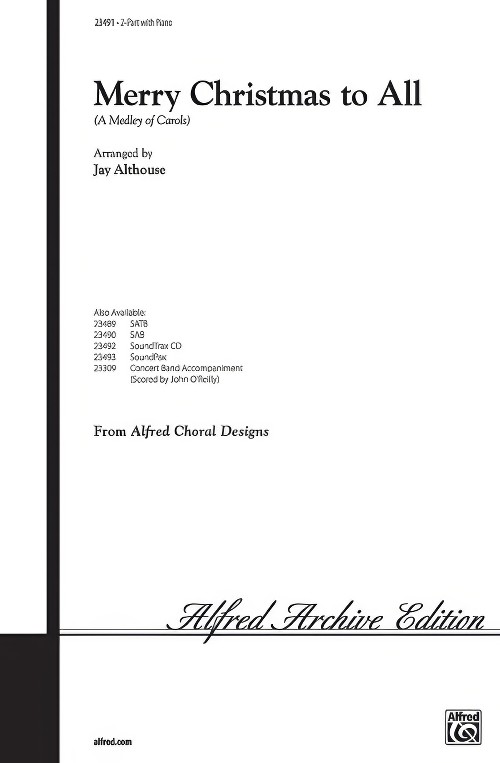 £2.95
£2.95Merry Christmas to All (2-Part Choral Octavo) - Althouse, Jay
No holiday program is complete without a festive medley of familiar carols, and this one provides a fresh take on some old favorites. Includes: Deck the Hall; Good King Wenceslas; Infant Holy, Infant Lowly; God Rest You Merry Gentlemen; It Came Upon the Midnight Clear; What Child Is This?; Here We Come A-Caroling; The Holly and the Ivy; We Wish You a Merry Christmas. It's so flexible with optional solo spots, varied tempos, changing keys, and unexpected harmonies, you'll never find another that's more entertaining. Even the accompaniment offers flexibility with a full piano part, a hip studio combo SoundTrax CD, SoundPax, or a traditional concert band arrangement.
Estimated dispatch 7-14 working days
-
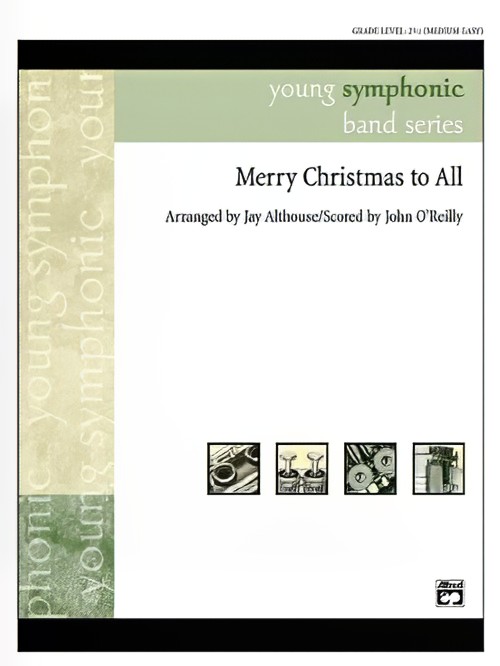 £56.50
£56.50Merry Christmas to All (Concert Band - Score and Parts) - O'Reilly, John
No Christmas concert is complete without a festive medley of familiar carols, and this one provides a fresh take on some old favourites. Includes: Deck the Hall; Good King Wenceslas; Infant Holy, Infant Lowly; God Rest You Merry Gentlemen; It Came Upon the Midnight Clear; What Child Is This?; Here We Come A-Caroling; The Holly and the Ivy; We Wish You a Merry Christmas. Its varied tempos, changing keys, and unexpected harmonies provide an arrangement so unique, you'll never find another that's more entertaining. SATB, SAB and 2-Part Choral octavos are available separately.
Estimated dispatch 7-14 working days
-
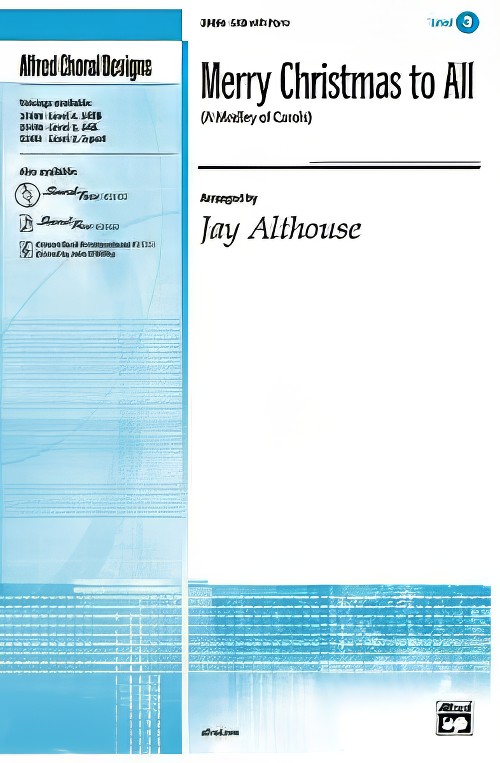 £2.95
£2.95Merry Christmas to All (SAB Choral Octavo) - Althouse, Jay
No holiday program is complete without a festive medley of familiar carols, and this one provides a fresh take on some old favorites. Includes: Deck the Hall; Good King Wenceslas; Infant Holy, Infant Lowly; God Rest You Merry Gentlemen; It Came Upon the Midnight Clear; What Child Is This?; Here We Come A-Caroling; The Holly and the Ivy; We Wish You a Merry Christmas. It's so flexible with optional solo spots, varied tempos, changing keys, and unexpected harmonies, you'll never find another that's more entertaining. Even the accompaniment offers flexibility with a full piano part, a hip studio combo SoundTrax CD, SoundPax, or a traditional concert band arrangement.
Estimated dispatch 7-14 working days
-
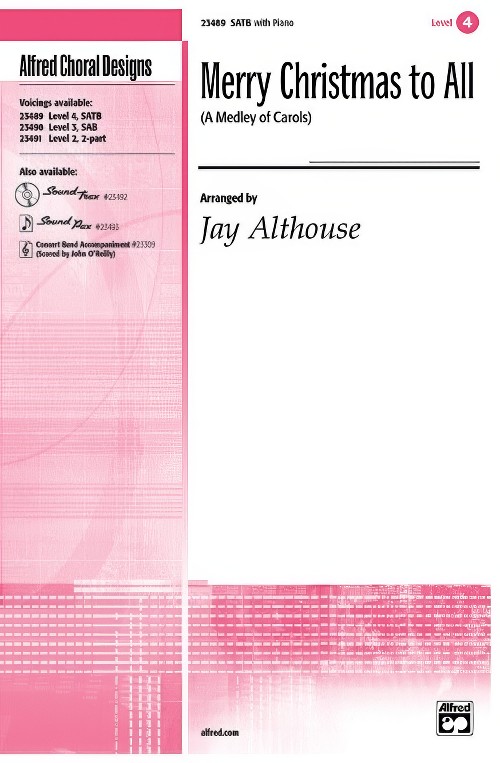 £2.95
£2.95Merry Christmas to All (SATB Choral Octavo) - Althouse, Jay
No holiday program is complete without a festive medley of familiar carols, and this one provides a fresh take on some old favorites. Includes: Deck the Hall; Good King Wenceslas; Infant Holy, Infant Lowly; God Rest You Merry Gentlemen; It Came Upon the Midnight Clear; What Child Is This?; Here We Come A-Caroling; The Holly and the Ivy; We Wish You a Merry Christmas. It's so flexible with optional solo spots, varied tempos, changing keys, and unexpected harmonies, you'll never find another that's more entertaining. Even the accompaniment offers flexibility with a full piano part, a hip studio combo SoundTrax CD, SoundPax, or a traditional concert band arrangement.
Estimated dispatch 7-14 working days
-
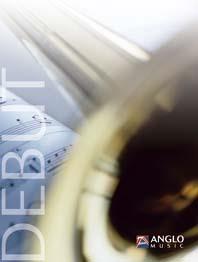 £79.99
£79.99The Painted Desert (Concert Band - Score and Parts) - Sparke, Philip
The south-western US state of Arizona has more than its fair share of stunning landscapes, natural phenomena and National Monuments. Best known is the Grand Canyon, but there are also numerous deserts, a petrified forest, extinct volcanoes and the huge Sunset Crater. Not surprisingly, it has featured as the backdrop to many Western movies. The Painted Desert is a narrow, crescent-shaped arc about 160 miles long which begins near the Grand Canyon and varies in width from 10 to 35 miles. It is largely void of vegetation and years of erosion by wind and rain have exposed sedimentary layers of rock up to 250 million years old. Chemical differences in the various layers result in an effect not unlike a multicoloured layer cake with contrasting hues of red, orange and pink, blue, grey and lavender creating a silent and barren landscape which looks like it has been hand-painted. As with much of the planet's stunning landscapes all the observer can do is stand and stare.Duration: 3:45
Estimated dispatch 7-14 working days
-
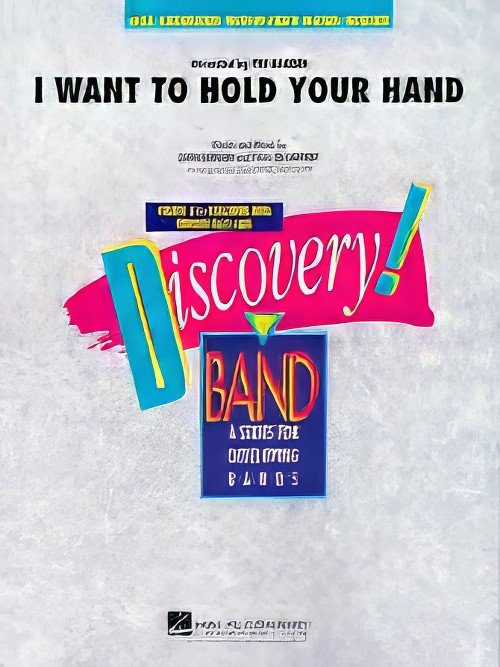 £42.50
£42.50I Want to Hold Your Hand (Concert Band - Score and Parts) - Lennon & McCartney - Vinson, Johnnie
The music of the Beatles never grows old. Here is a very easy version of one of their early hits, expertly scored by Johnnie Vinson
Estimated dispatch 7-14 working days
-
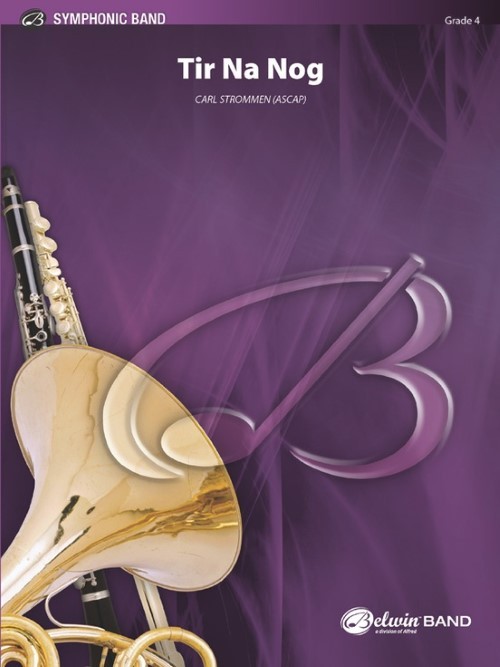 £82.95
£82.95Tir Na Nog (A Celtic Legend) (Concert Band - Score and Parts) - Strommen, Carl
Fingers fly right from the start in this original composition. High energy is characteristic throughout the work. Subtitled "A Celtic Legend," this work carries the contemporary concert band back to the old country. Inspired by the mythical Celtic other-worlds, usually identified as an island west of Europe, the title translates to "Land of Youth" or "Land of the Young People." Duration: 4.30
Estimated dispatch 7-14 working days
-
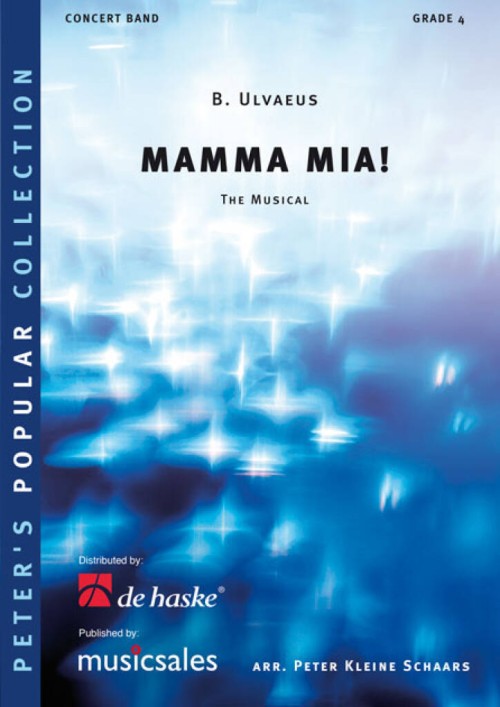 £122.50
£122.50Mamma Mia! (Concert Band - Score and Parts) - Schaars, Peter Kleine
On the 6th of April 1999, exactly 25 years after ABBA had won the Eurovision Song Contest with the song Waterloo, the musical Mamma Mia! opened in London. The funny and appealing love story, based on 22 ABBA classics, became an immediate success. Arranger Peter Kleine Schaars has selected five of the most famous titles from the musical, added the hit Waterloo and used his musical imagination. The result is a catchy ABBA medley that will appeal to young and old.Includes:Mamma MiaKnowing Me, Knowing YouMoney, Money, MoneyDancing QueenI Do, I DoWaterlooDuration: 7:00
Estimated dispatch 7-14 working days
